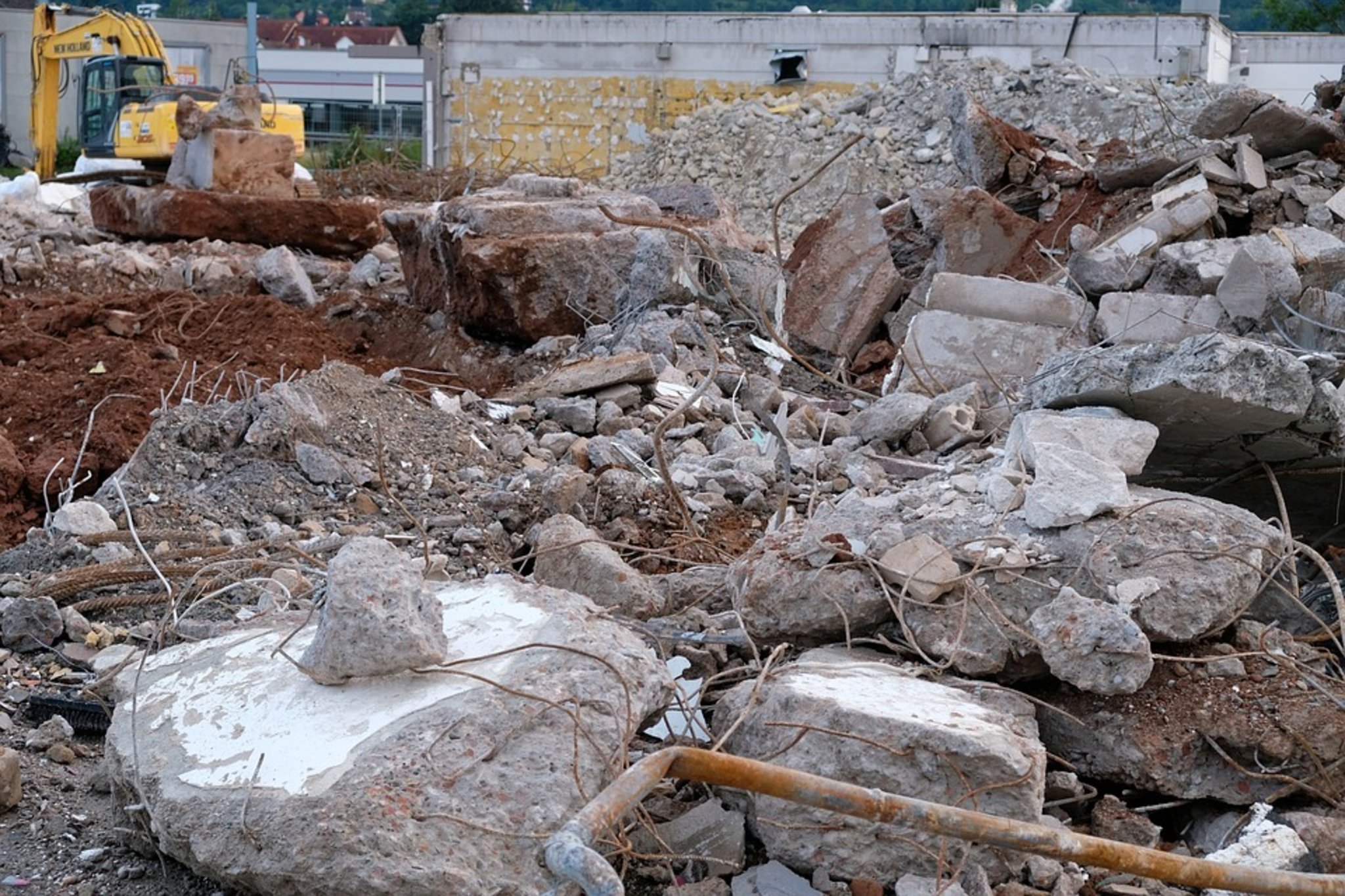Dominican Republic must promote greater use of construction waste

It is an ideal time for the Dominican Republic to forge alliances, advance in the co-processing of construction and demolition waste (C&DW), and strengthen the construction sector value chain to implement the circular economy model segment of the country’s economy as well.
This conclusion is the result of the presentation of two studies.
The first is a “Diagnosis of Construction Waste in the Dominican Republic” presented by Deborah Navarro, Director General of Serviguide, and the second is a “Characterization of Construction Waste” in the country, which was presented by José Adolfo Herrera, Director of the School of Civil Engineering of UNPHU. The studies were presented in a webinar organized by the Association of Industries of the Dominican Republic (AIRD).
Circe Almánzar, executive vice-president of the AIRD, said she hoped that a joint effort between the private sector, the public sector, and the academy would allow more significant development of this value chain promoting a new economic model and environmental sustainability.
She further explained the importance of these studies stating that “they will allow for a more substantial information base so that we can have more effective plans for the development of the circular economy in the construction sector.”
In her presentation, Navarro explained that the percentage of construction and demolition waste (C&DW) that is used in the country is only 8%. Hence, the potential for reuse and exploitation is excellent, “provided that a set of essential characteristics are met, including segregation at source, technical standards for recycling of demolition and construction, changes in the legal framework as regulations for the integrated management of construction and demolition waste, among others.”
She listed some of the uses of these wastes in other countries: hydraulic bases in roads, parking lots, hydraulic concrete; asphalt or black bases; cover infill, manufacture of blocks, partitions, posts, curbs, concrete pavements, wall construction, as well as gypsum panels and plates, among others.
Serviguide’s study sought to establish the number of cubic meters of construction and demolition waste. That is waste per square meter of construction in economies similar to the Dominican Republic, setting an indicator that was 0.18 cubic meters per square meter of construction.
When applying this index to the data on construction in 2018, he pointed out that 4.4 million square meters were built, originating some 800 thousand cubic meters of CDW, highlighting 24.4% of concrete (lime, cement, sand, and water); 43.1% of earth (excavation) and 23.3% of block wall (concrete).
















